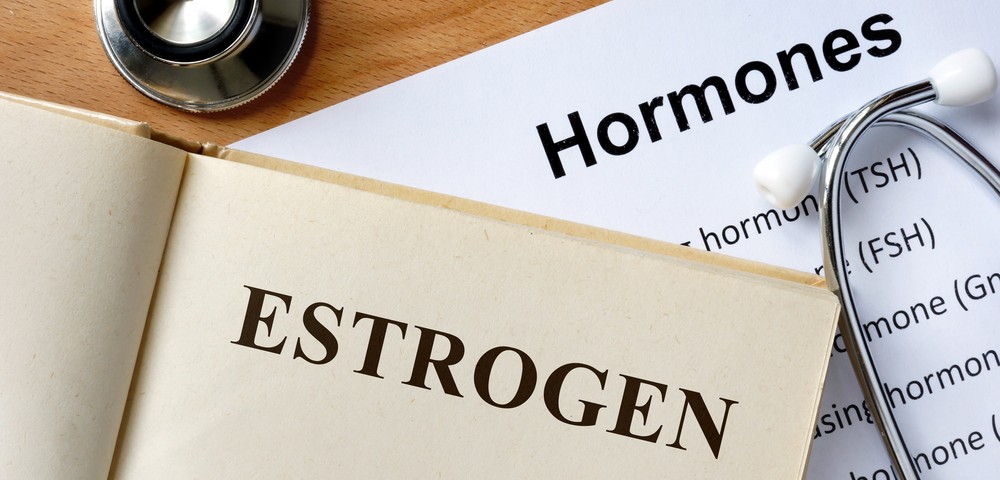A new study reports that testosterone and a form of estrogen known as 17beta-estradiol may collaborate to increase prostate stem cell antigen (PSCA), a common marker used to indicate a person’s risk of prostate cancer. The article, “Increase in prostate stem cell antigen expression in prostatic hyperplasia induced by testosterone and 17beta-estradiol in C57BL mice,” appeared in the Journal of Steroid Biochemistry and Molecular Biology.
PSCA is found in high levels in most forms of prostate cancers, and the degree of PSCA increase corresponds with more advanced tumors as well as with Gleason grade, a method for assessing prostate cancer. However, increases in this molecule do not necessarily mean prostate cancer. PSCA is also associated with benign prostate hyperplasia, which is found in about half of men ages 51–60.
Research has shown that both estrogen and testosterone together may induce prostate hyperplasia. The team, led by Nariaki Fujimoto, of Hiroshima University, Japan, wanted to understand which hormones may contribute to prostate hyperplasia development. They studied 10-week-old mice, treated with either testosterone or testosterone and estrogen for 10 weeks. The researchers then dissected the prostate and used standard laboratory techniques to measure specific hormones.
Although testosterone was seen to increase prostate size in the animals, the combination of estrogen and testosterone had an even greater effect. “T administration appeared to induce glandular prostatic growth, while with T+E2 administration this growth was greater and accompanied by extreme bladder enlargement,” researchers said. The addition of estrogen also affected the size of the bladder and increased levels of the molecule insulin-like growth factor-1.
Prostate size also corresponded with levels of PSCA. The addition of estrogen to testosterone further increased the levels of this common biomarker for prostate hyperplasia. “The synergistic effect of E2 on the expression of PSCA suggests that this protein may play an important role in the hormone-induced development of prostatic hyperplasia,” the authors said.
This research may indicate that estrogen effects should be considered in the treatment and diagnosis of prostate hyperplasia. Even though additional work is necessary, blocking estrogen may be a future target for treating benign prostate hyperplasia.

